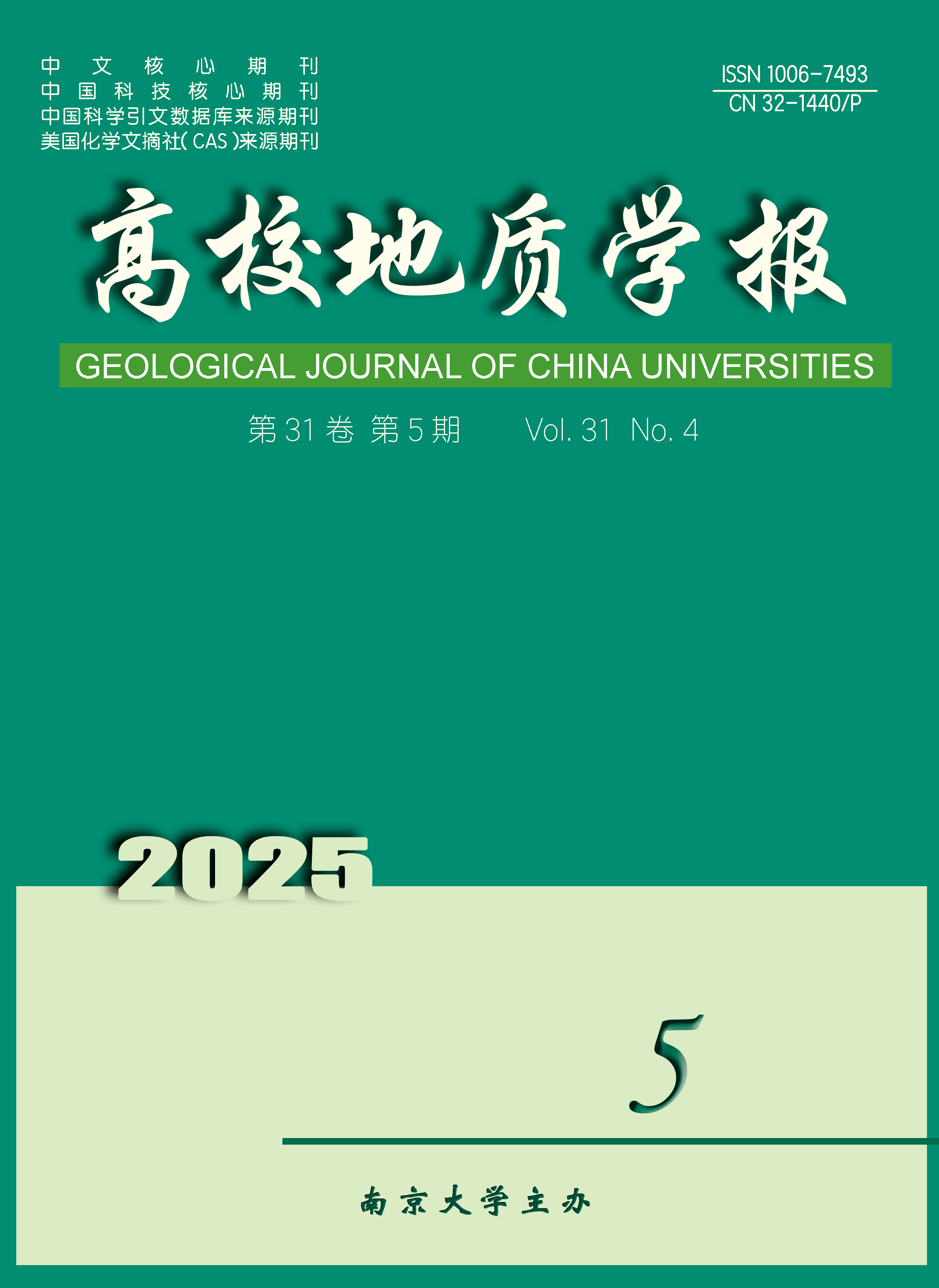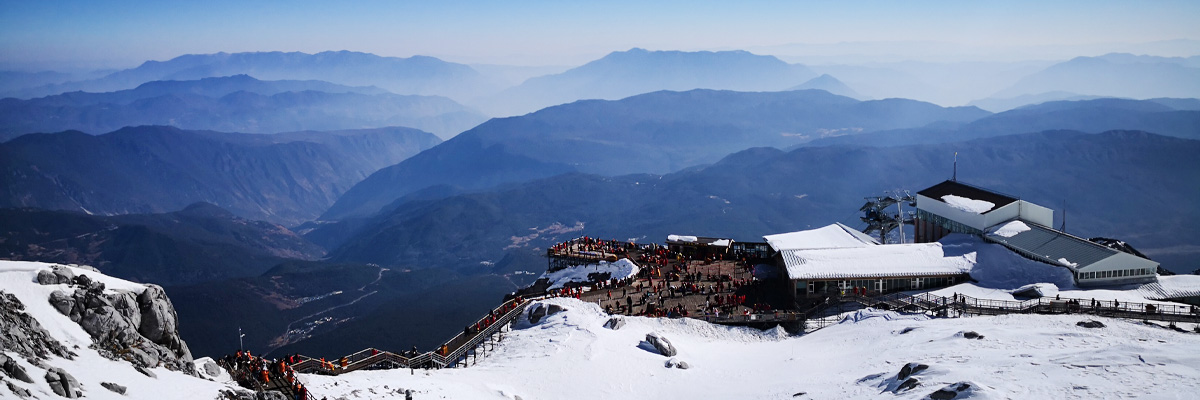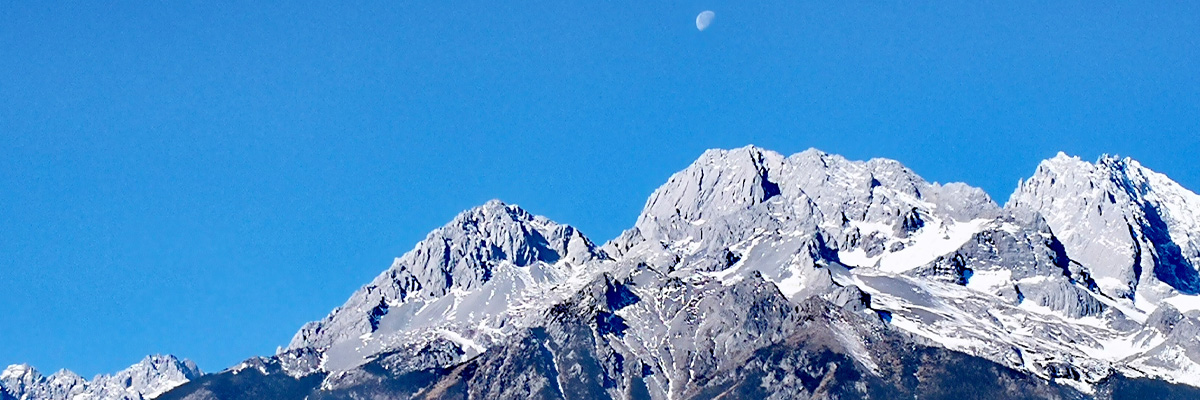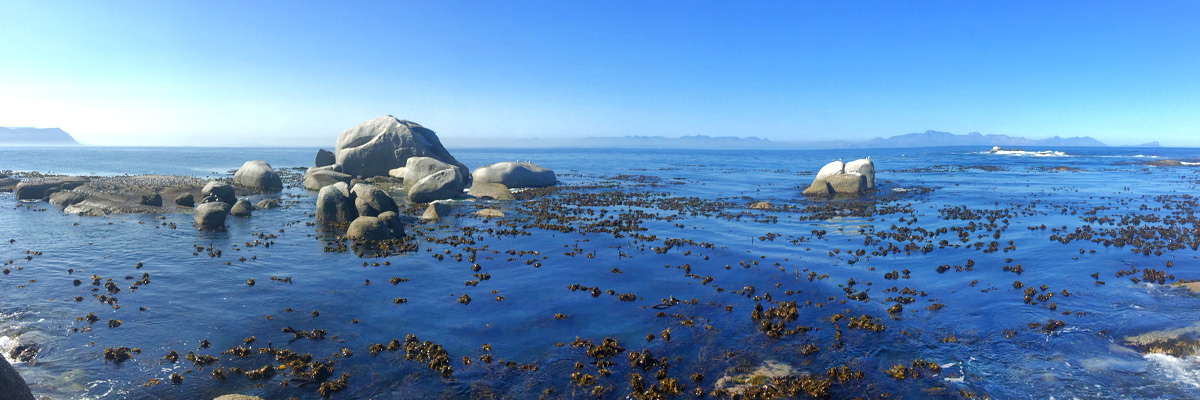
Bimonthly,Founded in 1995
Superintendent: Ministry of Education of the People's Republic of ChinaSponsored by: Nanjing University
Editor-in-Chief: WANG Rucheng
Published by: Geological Journal of China Universities
ISSN 1006-7493
CN 32-1440/P
WeChat Account











